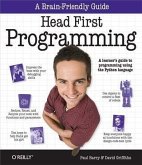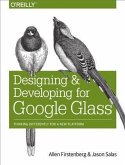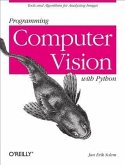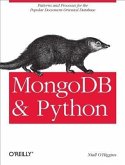Learn how to develop your own applications to monitor or control instrumentation hardware. Whether you need to acquire data from a device or automate its functions, this practical book shows you how to use Python's rapid development capabilities to build interfaces that include everything from software to wiring. You get step-by-step instructions, clear examples, and hands-on tips for interfacing a PC to a variety of devices.Use the book's hardware survey to identify the interface type for your particular device, and then follow detailed examples to develop an interface with Python and C. Organized by interface type, data processing activities, and user interface implementations, this book is for anyone who works with instrumentation, robotics, data acquisition, or process control.Understand how to define the scope of an application and determine the algorithms necessary, and why it's importantLearn how to use industry-standard interfaces such as RS-232, RS-485, and GPIBCreate low-level extension modules in C to interface Python with a variety of hardware and test instrumentsExplore the console, curses, TkInter, and wxPython for graphical and text-based user interfacesUse open source software tools and libraries to reduce costs and avoid implementing functionality from scratch
Dieser Download kann aus rechtlichen Gründen nur mit Rechnungsadresse in A, B, BG, CY, CZ, D, DK, EW, E, FIN, F, GR, HR, H, IRL, I, LT, L, LR, M, NL, PL, P, R, S, SLO, SK ausgeliefert werden.









